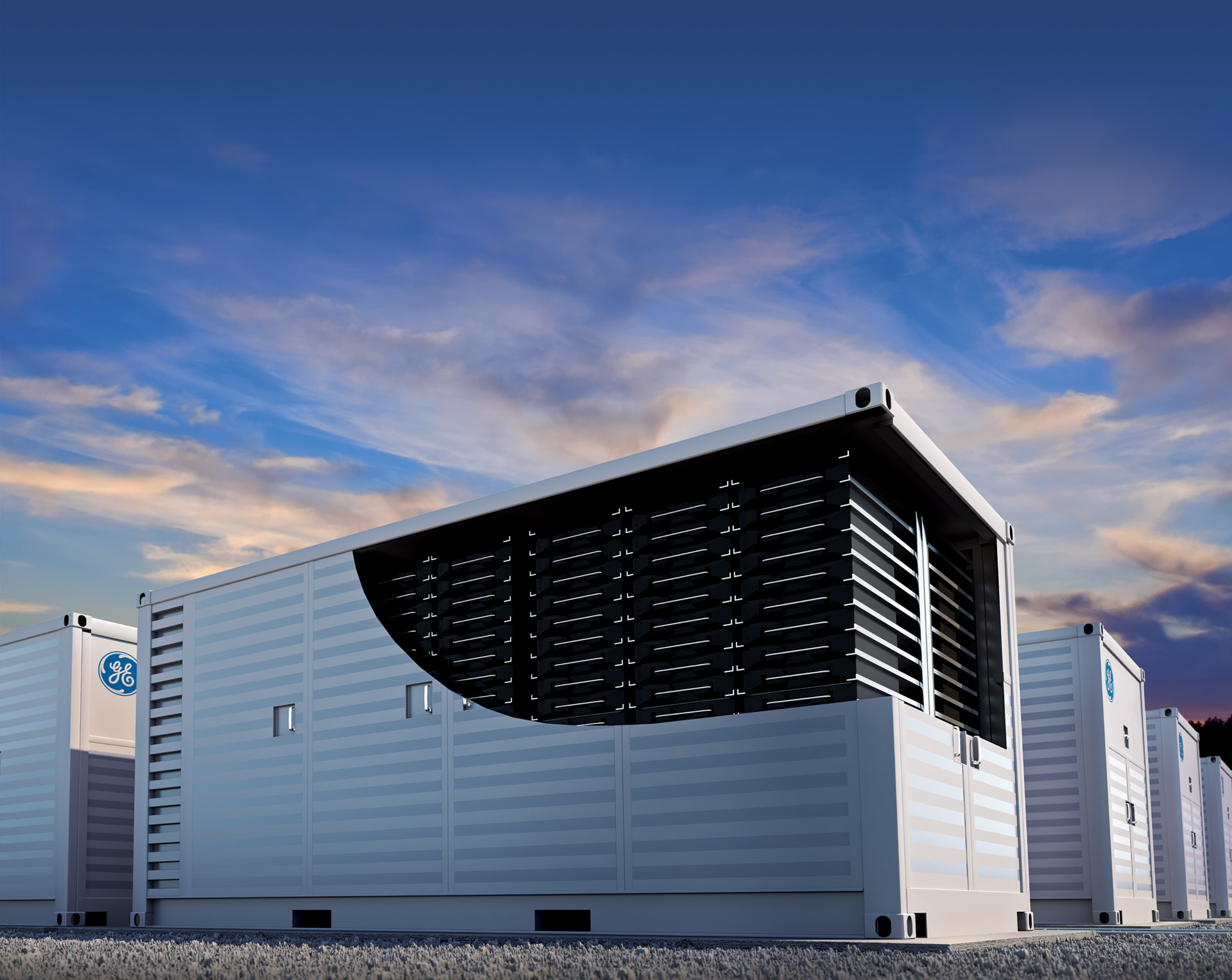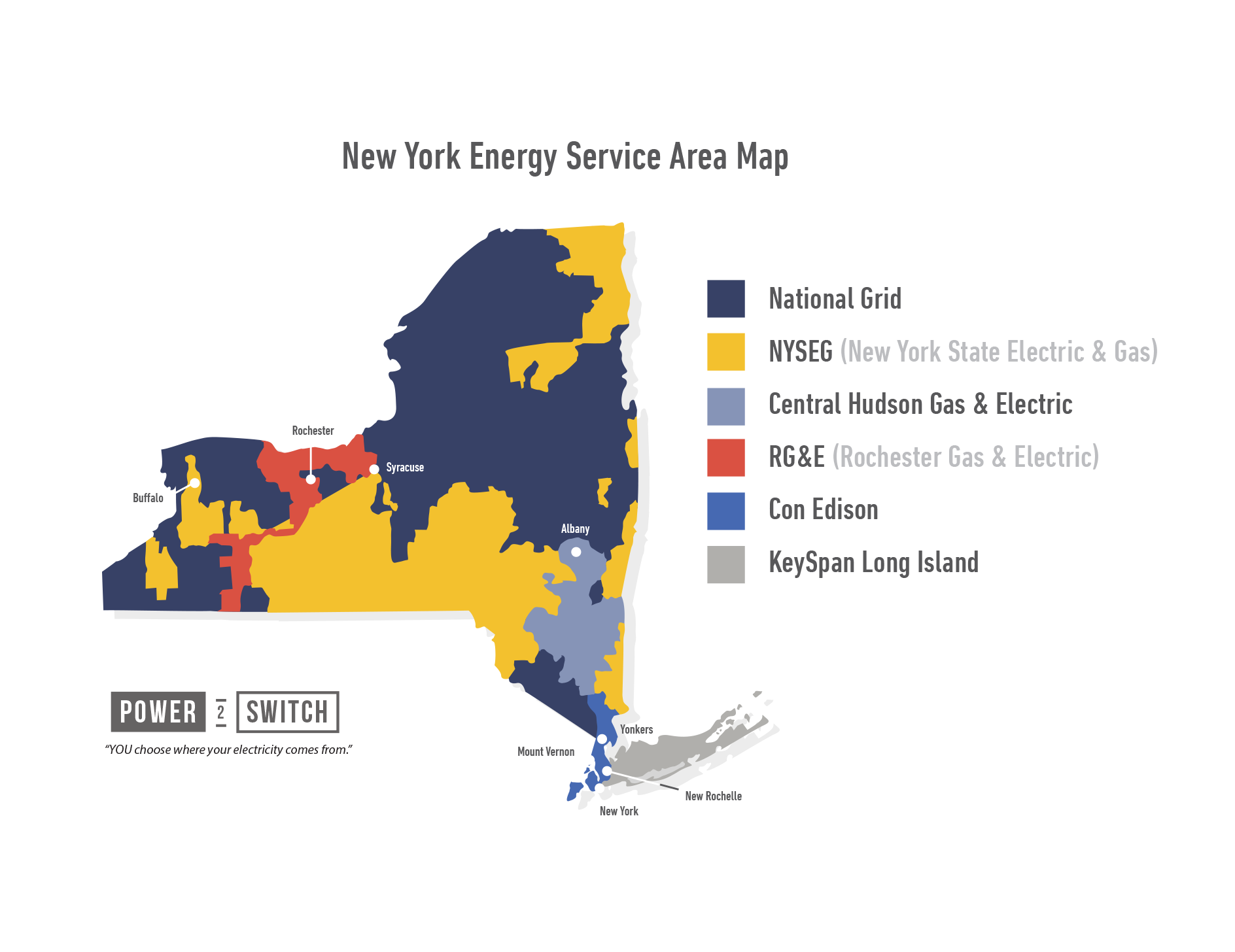Energy storage technology is a rapidly growing sector of the energy industry and it looks set to play a key role in accelerating the deployment of renewable energy and achieving the clean energy targets mandated by the New York Climate Leadership and Community Protection Act (CLCPA).
What is Energy Storage?
Energy storage technologies are connected to an energy generation source, such as a solar PV system, in order to store excess energy for use at a later time. A typical example would be a solar battery connected to a solar energy system at a residential property. The residential energy consumer could then, for example, use this reserved energy at peak demand times during the day when utilities often charge a higher price for electricity from the grid. Bypassing the costlier grid-sourced energy would allow this residential consumer to further reduce their energy costs, alongside the utility bill savings they are already receiving as a result of their solar panel installation. Furthermore, the stored energy would safeguard the consumer in the event of power outages, blackouts, or any unexpected weather conditions.
What are the Benefits of Energy Storage?
Simply put, energy storage allows energy consumers to store generated energy for use at a later time. Energy storage systems can be used by all kinds of customers, from residential to commercial to municipal, and even implemented at the utility-scale level. Some of the key benefits for typical consumers include:
- Increased Energy Value: An energy storage system ensures that renewable energy is available to consumers at all times. Often, critics of renewable energy will exaggerate concerns around the intermittency of renewable energy generation as a means of attacking renewables. Energy storage mitigates these concerns by guaranteeing the availability of renewably generated energy at all times.
- Reduced Energy Costs: More widespread deployment of energy storage technologies can help to reduce energy costs in a number of ways. Firstly, a solar-plus-storage system, for example, would allow consumers to avoid higher energy prices charged by utilities at peak times. At these times of peak demand and higher costs, consumers could instead draw their energy from a battery storage system. Secondly, sourcing energy from a battery system bypasses use of the energy grid, reducing overall wear and tear on the grid. This means lower grid maintenance costs over time and less chance of these maintenance costs being passed onto consumers via utility rates.
- Backup Power Source: Energy storage systems safeguard against unexpected power outages, offering a safe, dependable backup source of energy in the event of blackouts, power outages, and dangerous weather events. This level of energy autonomy and independence is perhaps the biggest draw of a battery storage system for many consumers.
- Environmental Benefits: One of the most important attributes of energy storage is that it balances out energy demand across the day, reducing the grid strain at peak times. As a result, there is greater choice in terms of energy sources. Without the urgency of a peak demand time where power must be sourced rapidly, we have the ability to choose more renewable energy sources, and increase generation more gradually—both practices which will lower harmful emissions.
- Energy Flexibility: Another big draw of energy storage is its flexibility and compatibility with a wide range of energy sources. An energy storage system can be integrated alongside any form of energy generation, from solar PV to wind power and everything in between. This adaptability will be vital to meet the clean energy targets set out by the New York CLCPA. Furthermore, energy storage systems can be configured as necessary to meet customer demand.
New York Energy Storage
As part of the mandate outlined by the Climate Leadership and Community Protection Act (CLCPA), the state of New York has set two key energy storage targets:
- 1,500 MW of energy storage by 2025
- 3,000 MW of energy storage by 2030
This commitment to energy storage deployment highlights the key role that effective energy storage systems will play in achieving the broader climate targets of the CLCPA. These targets include:
- 70% Renewable Energy by 2030
- 100% Zero-emission Electricity by 2040
With these ambitious energy storage targets set out, the New York Green Bank has agreed to invest $200 million in energy storage technology. Given this level of commitment to energy storage deployment, and the availability of necessary funding, it seems likely that NYS will cement its position as a nationwide leader in energy storage policy and development.
Energy storage system integration is available throughout the state of New York via a number of the utility companies, including major players in the energy sector like:
- Con Edison
- National Grid
- PSEG Long Island
Please consult our map of New York utility coverage and service territories to learn more about energy services in your area. 
New York Energy Storage Incentives
The New York State Research & Development Authority (NYSERDA) offers incentives for the installation of energy storage systems in the following categories:
- Nonresidential
- Large Commercial
- Industrial
- Single-family Residential (Long Island only)
Please note that, currently, incentives for single-family residential projects are only available in Long Island for energy storage systems paired with solar and installed by a participating NY-Sun contractor. Details of current incentive levels, categorised by sector and region, are available here on the NYSERDA website.
Long Island Energy Storage Incentives
As things stand, Long Island residents have exclusive access to NYSERDA incentives for residential energy storage systems. When LI energy consumers pair solar with storage, they can access an installation incentive for the energy storage component, and also participate in the Long Island Power Authority’s (LIPA) Dynamic Load Management (DLM) program
- Incentives: Incentives are available for energy storage systems paired with a residential solar PV project. This is applicable to both new solar-plus-storage systems, and existing solar systems adding an energy storage component. As noted, you must work with a participating NY-Sun contractor for the installation. The contractor will apply for the incentive on your behalf.
- LIPA DLM Program: An energy storage system can earn payments from LIPA when grid demand is peaking. The DLM program pays Long Island energy consumers to reduce electric demand during these peak times in order to reduce strain on the grid. This typically occurs a few times each year. By drawing on an energy storage system, you can continue to use electricity as normal during these peak times, while also receiving payments from LIPA for reducing your usage of grid electricity.
If you’re interested in an energy storage system for your home or business then reach out to YSG Solar today. Whether or not you’ve installed solar with YSG in the past, we’re more than happy to discuss your options for an energy storage, battery storage, or solar-plus-storage system. To get in touch, send us an email or call at 212.389.9215.
YSG Solar is a project development vehicle responsible for commoditizing energy infrastructure projects. We work with long-term owners and operators to provide clean energy assets with stable, predictable cash flows. YSG's market focus is distributed generation and utility-scale projects located within North America.
Sources:
https://www.nyserda.ny.gov/All-Programs/Programs/Energy-Storage/Solar-Plus-Energy-Storage
Featured Photo by Marc Ruaix on Unsplash.

